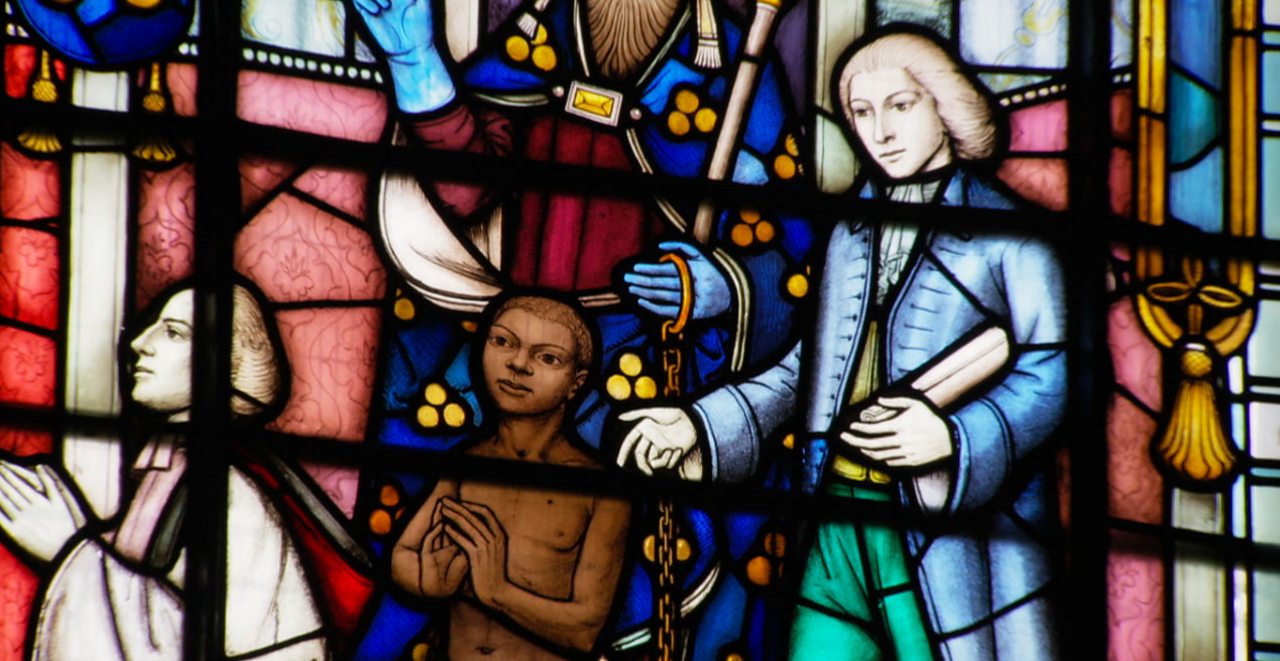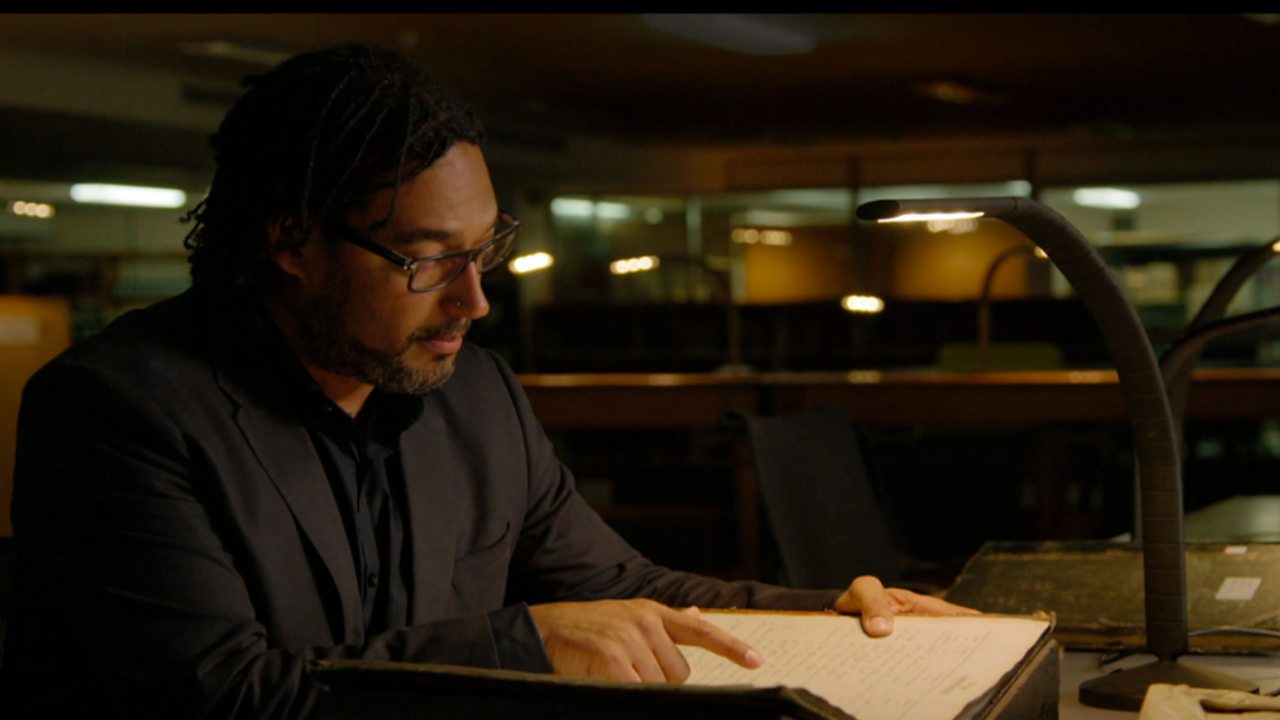History KS3 / KS4: The Barbados Slave Code
Video summary
Historian David Olusoga investigates the spread of the Barbados Slave Code across British colonies during the eighteenth century and its social and economic impact.
He begins his narrative with the English settlement of Barbados in 1627 which resulted decades later in a lucrative sugar cane industry covering 40% of the island and cultivated by enslaved Africans.
The clip emphasises the harsh and racist provisions of the code and its role in creating a slave society and economy controlled by the use of severe violence.
British records quote Africans as being referred to as 'heathenish' and 'brutal'.
This is from the series: Britain's Forgotten Slave Owners
Contains scenes which some younger viewers may find upsetting. Teacher review recommended prior to use in class.
Teacher Notes
This could supplement study of the abolition of the British slave trade and the abolition of slavery within the British Empire itself.
It could also be used as an example of how an historian makes use of archival evidence to support their case.
This could be cross-referred with maps showing the trade voyages in the Transatlantic Slave Trade.
This could be used to support the teaching of migration in to and out of Britain.
This clip will be relevant for teaching History at KS3, KS4/GCSE, in England and Wales and Northern Ireland.
Also at National 4 and National 5 in Scotland.
This topic appears in OCR, Edexcel, AQA, WJEC, CCEA GCSE and SQA.



